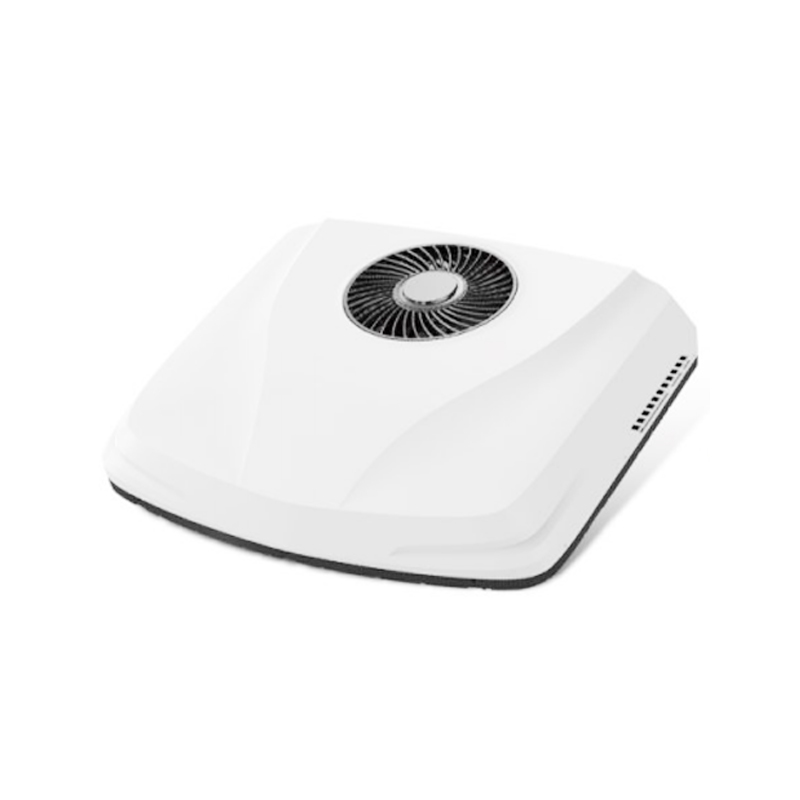Heavy duty trucks operate in diverse climates and challenging environments. As a result, their air conditioning (AC) systems are not just comfort features—they play a critical role in driver safety and operational efficiency. This guide offers a concise overview of how these systems work, what components they include, and common maintenance considerations.

A typical heavy duty truck AC system consists of a compressor, condenser, evaporator, expansion valve, and a series of hoses and lines. The compressor, driven by the truck engine, compresses the refrigerant into a high-pressure gas. This gas then flows through the condenser where it is cooled and transformed into a liquid. The liquid refrigerant passes through the expansion valve and into the evaporator, where it evaporates, absorbing heat from the cabin air and cooling the interior. The cycle then repeats.
Heavy duty truck AC systems are designed to withstand continuous operation over long distances, often in temperatures. Unlike standard vehicle ACs, these systems must deliver consistent cooling under high engine loads, often while idling during rest periods. Therefore, their components are built for durability and performance under stress.
Regular maintenance is essential to keep these systems operating efficiently. Drivers and fleet managers should check refrigerant levels, inspect for leaks, and ensure filters and fans are clean. Ignoring small issues can larger problems like compressor failure or loss of cooling capacity.
The heavy duty truck AC system is a vital part of the vehicle's functionality. Understanding how it works and ensuring it receives proper care helps maintain a comfortable driving environment and contributes to the longevity of the vehicle itself.
Self contained truck air conditioners are increasingly popular in the commercial vehicle sector due to their energy efficiency and independence from the truck's engine. These systems are especially valued during driver rest periods, providing cooling without idling, which helps reduce fuel consumption and emissions.
Technically, a self contained unit integrates all core AC components—compressor, condenser, evaporator, and control electronics—into a compact housing, often roof-mounted or sleeper-cabin-installed. These systems typically run on an independent power source such as a 12V or 24V battery or auxiliary power unit (APU). Some models include solar compatibility, further enhancing their off-grid capability.
The compressor in self contained systems is usually electrically driven rather than belt-driven, allowing it to operate regardless of whether the engine is running. The condenser and evaporator are designed for low-noise, high-efficiency performance, using modern refrigerants like R134a or R1234yf that are compliant with current environmental standards.
Another key feature is thermal insulation and efficient air distribution. These systems often include smart thermostats, variable-speed fans, and digital displays, enabling precise temperature control while conserving battery power. Advanced models also feature automatic shut-off to protect the battery from deep discharge, ensuring reliable start-up after extended cooling periods.
From an installation perspective, self contained truck air conditioners are relatively easy to mount and require minimal vehicle modification. Maintenance is also simplified due to the integrated design and the absence of complex belt systems or engine connections.
Self contained truck air conditioners represent a technical advancement that aligns with modern industry needs for fuel efficiency, idle reduction, and driver comfort. Their design reflects a shift toward independent climate control solutions that support sustainable and cost-effective fleet management.